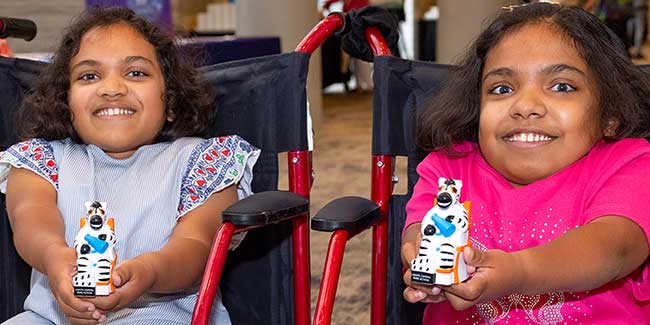The information provided on this page is for informational purposes only. The National Organization for Rare Disorders (NORD) does not endorse the information presented. The content has been gathered in partnership with the MONDO Disease Ontology. Please consult with a healthcare professional for medical advice and treatment.
PrintA motor neuron disease that affect the muscles, and characterized by muscle weakness and atrophy resulting from progressive degeneration and irreversible loss of the anterior horn cells in the spinal cord (i.e., lower motor neurons) and the brain stem nuclei. The severity of the condition; the associated signs and symptoms; and the age at which symptoms develop varies by subtype. In general, people with spinal muscular atrophy (SMA) experience progressive weakness and atrophy of muscles involved in mobility, the ability to sit unassisted, and head control. Breathing and swallowing may also be affected in severe cases. SMA is generally caused by changes (mutations) in the SMN1 gene and is inherited in an autosomal recessive manner. Extra copies of the SMN2 gene modify the severity of SMA. Rare autosomal dominant (caused by mutations in DYNC1H1, BICD2, or VAPB genes) and X-linked (caused by mutations in UBA1) forms of SMA exist. Treatment is based on the signs and symptoms present in each person.
The Genetic and Rare Diseases Information Center (GARD) has information and resources for patients, caregivers, and families that may be helpful before and after diagnosis of this condition. GARD is a program of the National Center for Advancing Translational Sciences (NCATS), part of the National Institutes of Health (NIH).
View report
One in 10 Americans lives with rare disease, many of whom fight a daily battle to access the care and support they need. Your gift to the National Organization for Rare Disorders (NORD®) funds life-changing programs and helps us advance policies and research to ensure that everyone gets the care they need AND deserve.
